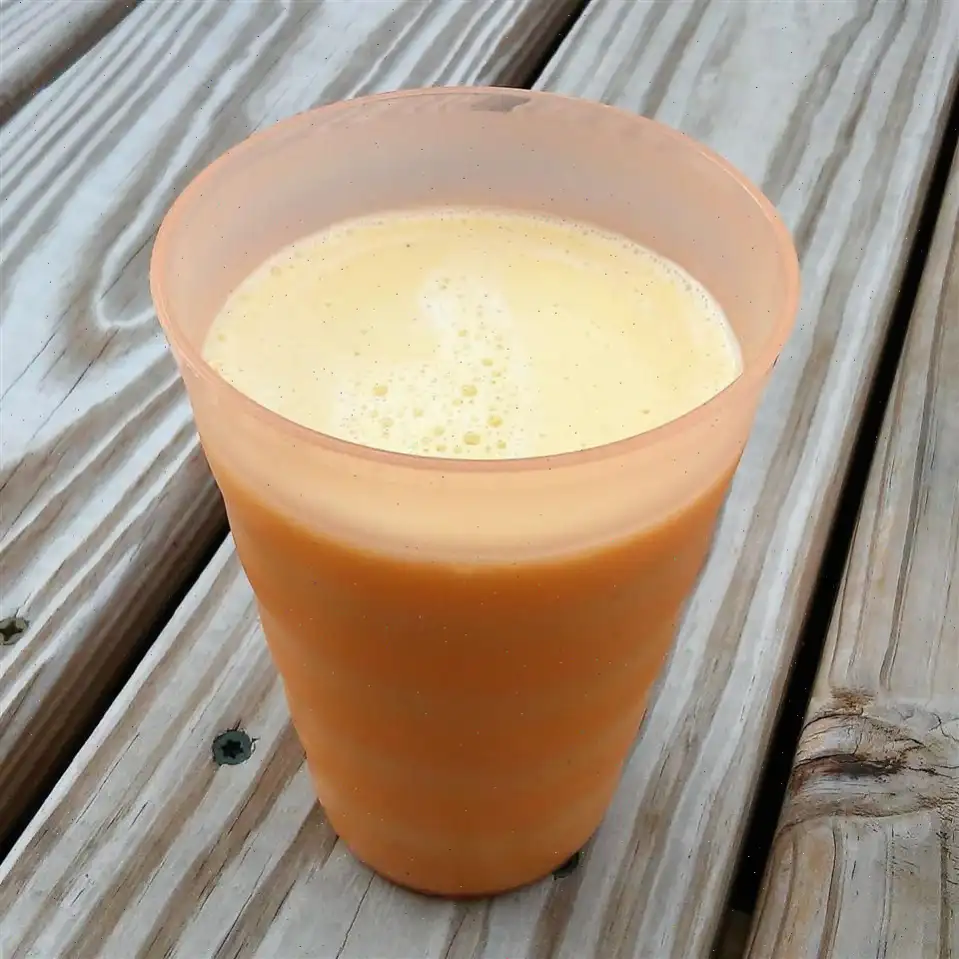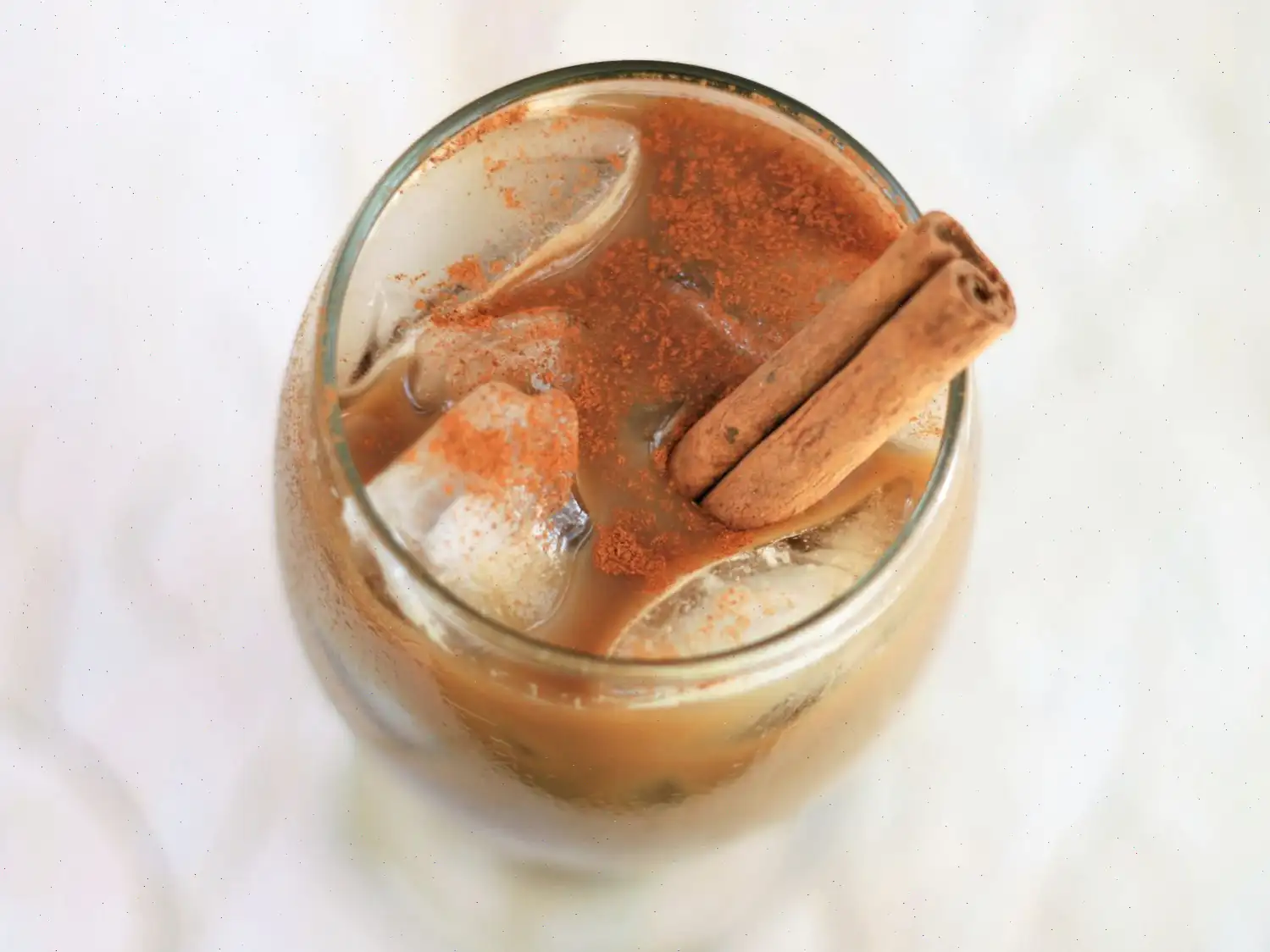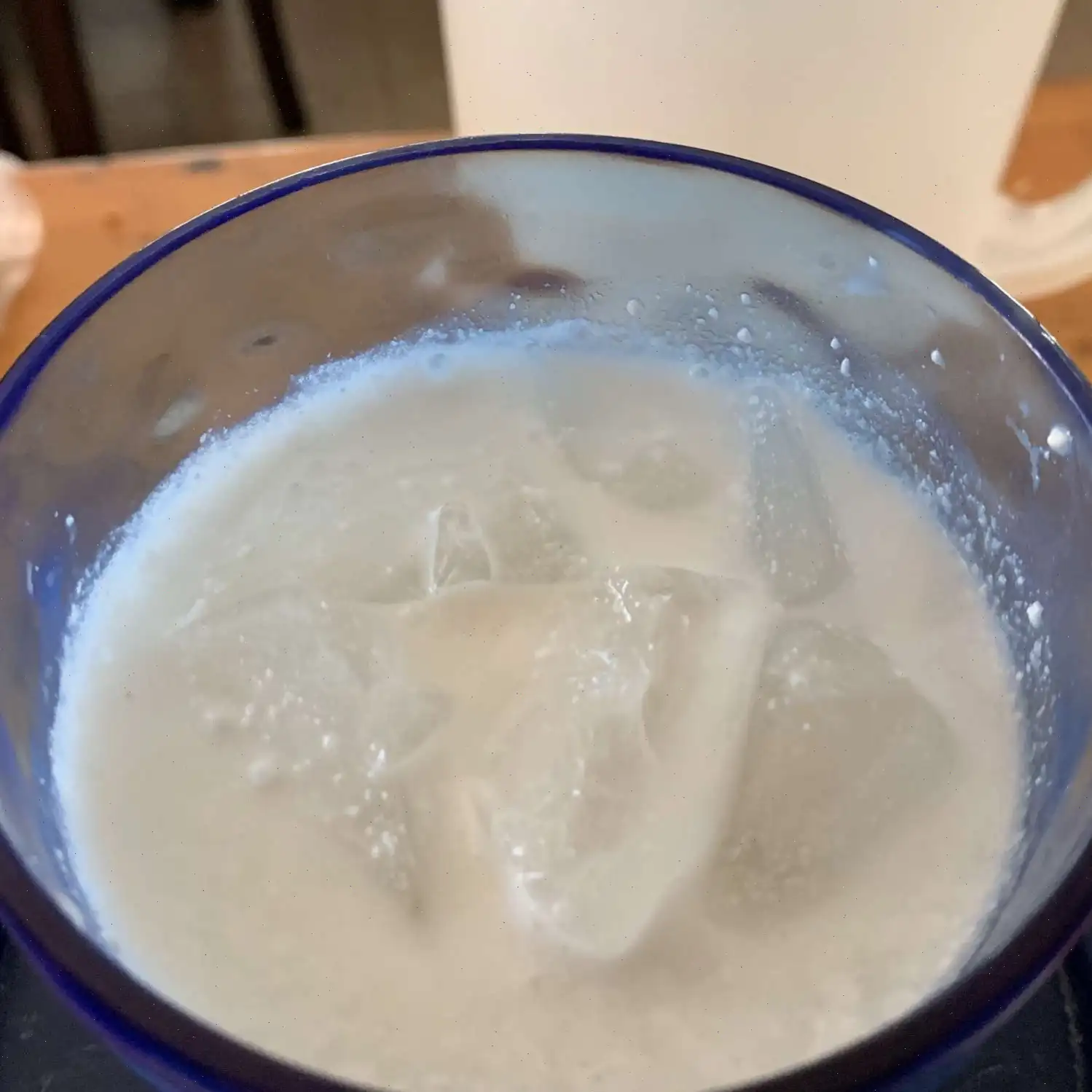
Badische Schupfnudeln (Potato Noodles) Recipe
Ingredients
This recipe was developed at its original yield. Ingredient amounts are automatically adjusted, but cooking times and steps remain unchanged. Note that not all recipes scale perfectly.
- 1 pounds russet potatoes
- cup all-purpose flour
- 1 egg
- 1 tablespoon chopped fresh parsley
- teaspoon salt
- teaspoon freshly ground nutmeg
- cup lard or other cooking fat
Directions
- Place whole potatoes in their skins into a large pot of boiling water. Boil for 25 to 30 minutes.
- Remove the potatoes from the water and discard the water. Let the potatoes cool until they are easy to handle.
- Peel the potatoes and place them on a lightly floured surface. Mash the potatoes using a rolling pin.
- Transfer the mashed potatoes to a large bowl. Stir in flour, egg, parsley, salt, and nutmeg.
- Knead the mixture well to form a smooth dough.
- Roll out the dough to about inch thick.
- Cut the dough into thin strips, approximately 1 inches long.
- Gently roll or stretch the strips until the ends taper to a point.
- Set the strips aside for 15 minutes to rest.
- In a large skillet, heat the lard over medium heat.
- Once the lard is hot, place the potato strips into the skillet.
- Fry the strips until golden brown on both sides, turning them occasionally to ensure even cooking.
Nutrition Facts (per serving)
| Nutrition Value | Amount | % Daily Value |
|---|---|---|
| Calories | 215 | - |
| Total Fat | 10g | 12% |
| Saturated Fat | 4g | 19% |
| Cholesterol | 39mg | 13% |
| Sodium | 213mg | 9% |
| Total Carbohydrate | 28g | 10% |
| Dietary Fiber | 3g | 10% |
| Total Sugars | 1g | - |
| Protein | 4g | 9% |
| Vitamin C | 23mg | 26% |
| Calcium | 21mg | 2% |
| Iron | 2mg | 9% |
| Potassium | 504mg | 11% |
Note: Percent Daily Values are based on a 2,000 calorie diet. Your daily values may be higher or lower depending on your calorie needs.

History of Badische Schupfnudeln
Badische Schupfnudeln, also known as potato noodles, are a traditional dish hailing from the southwestern region of Germany, specifically the Baden region. These noodles have been a staple in German cuisine for centuries. Originating in the rural areas of the Black Forest, they were originally a way for farmers to use leftover potatoes and make a filling, hearty dish. The word "Schupfnudeln" comes from the German word "schupfen," meaning "to roll or push," which refers to the process of shaping these noodles with your hands.
Regional Variations
While Schupfnudeln are commonly associated with the Baden region, they can also be found in other parts of Germany and Austria, albeit with slight variations. In southern Germany, for example, Schupfnudeln are often paired with sauerkraut and bacon, while in Austria, they may be served with a sweeter preparation involving apples and cinnamon. Despite these regional twists, the basic ingredients and the technique of shaping the dough remain largely the same.
Differences from Similar Dishes
Schupfnudeln bear a resemblance to gnocchi, a well-known Italian potato-based dish, but there are a few key differences. Gnocchi is typically softer and served as a delicate, pillowy bite, while Schupfnudeln are slightly firmer and more rustic, with a denser texture due to the way the dough is handled and shaped. The addition of nutmeg in Schupfnudeln gives them a distinctive flavor, setting them apart from other potato-based dishes.
Where Schupfnudeln are Typically Served
Schupfnudeln are often served as a side dish in Germany, particularly in the southern regions during festive occasions such as Oktoberfest or Christmas markets. They pair well with a variety of meats, including roast pork, sausages, or even sauerkraut. In some German households, they are also enjoyed as a main dish, especially when combined with bacon or fried onions. This dish is frequently found in traditional beer halls and family-run taverns in the Baden region, where it is served in its most authentic form.
Interesting Facts
Schupfnudeln are often considered a comfort food in Germany, especially during the colder months. The dish is believed to have originated as a way to use up leftover potatoes, making it a frugal yet delicious meal. Interestingly, the noodles are sometimes served in sweet versions, with sugar and cinnamon, making them a versatile dish that can be enjoyed in both savory and sweet forms. In some regions, Schupfnudeln are also served during New Year's celebrations, symbolizing good luck and abundance for the year ahead.
FAQ about Badische Schupfnudeln (Potato Noodles) Recipe
Comments
Laura Roberts
04/08/2025 08:35:22 AM
Rewritten review: This recipe is spot-on for creating authentic Schupfnudeln. Just like another reviewer mentioned, it's crucial to stick to the instructions precisely in order to achieve the desired very dry, starchy potatoes needed for this dish. Specifically, make sure to use the right type of potatoes – only russet baking potatoes will do. Other varieties like red potatoes or Yukon gold won't yield the same results. Boil the potatoes with the skin on and add a generous amount of salt to the water to help extract excess moisture. Peel the hot potatoes by holding them with a fork and using a paring knife – slightly unconventional but effective. Mix in the egg while the potatoes are still hot, then gently incorporate the flour without over mixing. Rather than rolling out the dough, shape small portions between your palms to create soft, rustic noodles. For the best flavor, consider cooking them in bacon fat or butter.
Jennifer White
01/27/2024 09:39:22 AM
This recipe was fantastic and took me back to memories of the Mannheim, Germany Christmas Market. I made a few tweaks to suit my taste preferences. Like others, I found I needed to add more flour, probably about 1 1/2 cups or more, to achieve the right texture for rolling out the dough. To add more flavor, I included a dash of garlic powder and paprika which really enhanced the overall taste. Following suggestions from other recipes, I briefly cooked the noodles in boiling salted water until they floated to the top, then drained them before frying in a skillet. I served the noodles with seasoned sauerkraut, chopped bacon, and onions, just like they do in Germany. Both my husband and I loved the dish. I had leftover uncooked noodles, so I froze them on a cookie sheet and stored them in a plastic bag for another meal. Excited to see how they turn out!
Cynthia Carter
07/09/2023 03:29:46 PM
I absolutely love Schupfnudeln! This recipe is really delicious, but I would make a few tweaks. I recommend using floury potatoes and cooking them the day before to ensure the right consistency, as the flour might not be enough otherwise. Pre-cooking also makes peeling easier. Personally, I like to simmer the shaped noodles before frying them, similar to gnocchi. Overall, it's a fantastic recipe for a delicious meal, especially when served with sauerkraut!
Rachel Campbell
08/28/2024 09:41:59 AM
Rating: 2 stars I'm only giving two stars because the directions were way off and the preparation was much more difficult than anticipated. However, the end result was delicious once I figured out the issues on my own. The recipe directions were completely inaccurate! I suggest peeling the potatoes before cooking them, as I ended up wasting half of them in the process of trying to peel soft potatoes. Additionally, the suggested amount of flour is completely wrong! The recipe said to use 1/4 cup for 6 servings, but I had to add 2 cups before the potato mixture was even manageable to work with on a heavily floured surface. While the dish tasted good, the "noodle" shapes were not well-formed due to the low flour content. I recommend increasing the amount of flour. My grandmother used to make these for years without a recipe until she developed Alzheimer's.
Cynthia Hall
08/29/2024 03:07:01 AM
I prepared a "German" meal for my wife for the first time after dining at all the nearby restaurants over the years. I followed the recipe instructions exactly and didn't encounter any issues. It was surprisingly easy to peel the potatoes. I may have used slightly more flour than required for shaping and rolling, but it turned out well. I only cooked enough for one meal and froze the rest on wax paper, later bagging and cooking them. The outcome was fantastic! Next time, I might add some onion and garlic for a bit more flavor, but overall, it was delicious!
Alexander Hill
07/16/2023 11:48:49 AM
Wonderful Recipe - Just a heads up to use small potatoes for best results! Overall, it turned out delicious :-D.
Christopher Diaz
06/01/2024 05:48:50 AM
Absolutely delightful! The dish was reminiscent of the flavors I enjoyed at the Christmas Market in Germany. I skipped the parsley due to its unavailability and added a bit more flour. Combining the browned nudeln with sauerkraut and cooked bacon, just like they do at the Christmas market, was a real indulgence!








